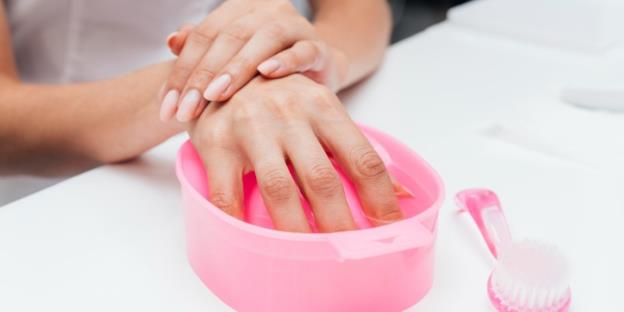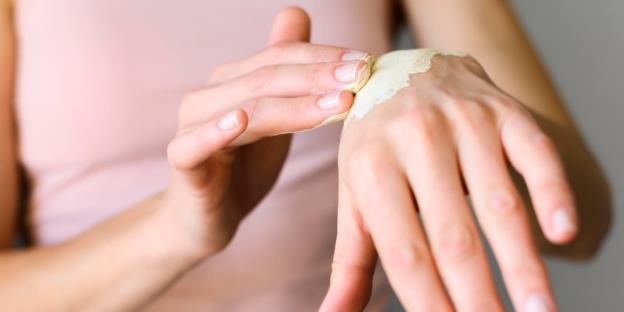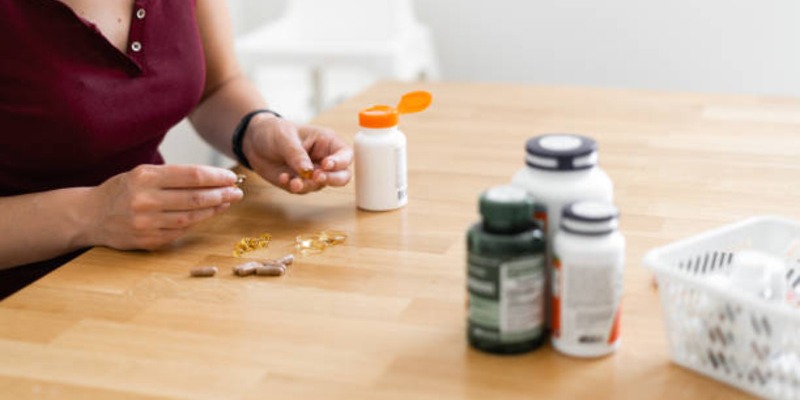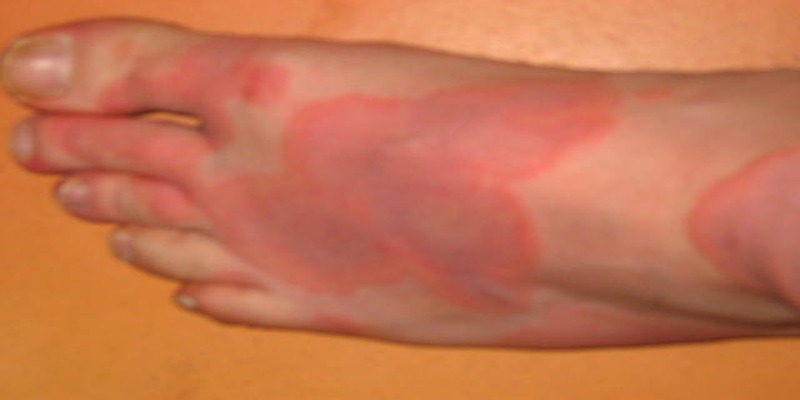Understanding Cuticle Peeling: Causes, Treatment, Prevention, and Maintenance
Nov 02, 2023 By Nancy Miller
The role your nails play in safeguarding your fingers is vital, and among the key elements in this protective mechanism, the cuticle holds a crucial place. Unfortunately, Cuticle Peeling is a widespread concern that often brings discomfort and pain to many individuals.
In this comprehensive article, we will take a deep dive into the root causes, various treatment alternatives, preventive measures, and essential maintenance tips. Our goal is to equip you with the knowledge needed to not only comprehend this issue but also effectively address and manage it for healthier, more resilient cuticles and nails.
Causes of Cuticle Peeling
Understanding the factors behind Cuticle Peeling is the first step in addressing this issue.
Dryness and DeHydration
One of the primary causes of Cuticle Peeling is Dryness and dehydration. When your cuticles lack the essential moisture they need, they become brittle and prone to cracking and peeling.
This can occur due to environmental factors such as low humidity, overexposure to water, or even excessive use of nail polish removers that strip the natural oils from your cuticles. Keeping your cuticles well-hydrated is essential to preventing this common problem.
Harsh Chemicals
Frequent exposure to Harsh Chemicals can weaken the cuticle, leading to peeling. Chemicals found in nail polish removers, detergents, and even some hand sanitizers can be particularly damaging. These substances can break down the structural integrity of the cuticle and make it more susceptible to peeling.
It's important to be mindful of the products you use and consider gentler alternatives to protect your cuticles.
Trauma and Injury
Physical trauma to the cuticle is another significant cause of peeling. This can result from excessive pushing, tearing, or even injuries to the nail and surrounding area. Aggressive nail care practices can damage the cuticle, making it more prone to peeling.
Treating your nails and cuticles with care, avoiding harsh practices, and using the right tools for nail maintenance can significantly reduce the risk of trauma-induced Cuticle Peeling.
Treatment Options
Discover effective ways to treat Cuticle Peeling and promote healthy nail growth.
Moisturizing
Regularly applying a cuticle cream or oil is a simple yet effective method to keep your cuticles hydrated and prevent peeling. These products help lock in moisture and nourish the cuticle, making it less likely to dry out and peel. When selecting a cuticle moisturizer, ensure it contains hydrating components such as shea butter, jojoba oil, or vitamin E for the best moisturizing results.
Gentle Care
Handle your nails and cuticles with the utmost care. Avoid aggressive pushing or trimming, which can lead to peeling. Instead, gently push back your cuticles after a warm soak and only trim them if necessary. Using the right tools and techniques will help you maintain healthy cuticles and prevent damage.

Avoid Harsh Chemicals
Limit your exposure to chemicals that can harm your cuticles. When you do need to use harsh substances, such as nail polish remover or cleaning agents, wear protective gloves to shield your cuticles from potential damage. This small but effective step can go a long way in preserving the health of your cuticles and nails.
Nail Strengtheners
Consider using nail strengtheners to promote healthy nail growth and prevent cuticle damage. These products contain ingredients that fortify the nails and cuticles, reducing the likelihood of peeling and breakage. Regular application of a nail strengthener can lead to stronger, more resilient cuticles.
Prevention Strategies
Preventing Cuticle Peeling is better than having to treat it. Here are some preventive measures you can take.
Hydration
Adequate Hydration is not only crucial for your general well-being but also plays a pivotal role in preserving the health of your skin and cuticles. Consistent water intake ensures that your nails and cuticles receive the vital moisture necessary to keep them robust and supple, contributing to their overall health and resilience.
Nutritious Diet
Consume a diet rich in vitamins and minerals, especially those that support nail and skin health. Biotin, vitamin E, and omega-3 fatty acids are essential nutrients that can contribute to the strength and health of your cuticles and nails. Incorporate foods like eggs, nuts, leafy greens, and fatty fish into your diet to provide your body with the necessary nutrients.
Protective Measures
When handling strong chemicals, it's essential to protect your cuticles by wearing sturdy and chemical-resistant gloves. This straightforward yet crucial measure acts as a barrier, safeguarding your cuticles from any potential harm. Always opt for gloves made from durable, chemical-resistant materials to ensure your cuticles receive the utmost protection.
Regular Maintenance
Incorporate a regular nail and cuticle care routine into your schedule. This regimen entails moisturizing your cuticles, trimming when required, and gently filing to ensure the maintenance of your cuticle's health. By consistently practicing these steps, you can effectively prevent Cuticle Peeling and sustain the overall well-being of your nails.

Maintenance Tips
Maintaining healthy cuticles is an ongoing process. Here are some tips for long-term cuticle health.
Regular Trimming
Although excessive trimming can be detrimental, it is essential to address overgrown cuticles periodically. Utilize a high-quality cuticle trimmer or nipper to delicately eliminate surplus tissue. Exercise caution and restraint, ensuring that this procedure is performed only as required to prevent any harm or injury.
Nighttime Treatment
Every night, before you slip into slumber, pamper your cuticles with a generous application of a nourishing cuticle cream or oil. This nighttime ritual allows the product to work its wonders as you rest, delivering profound Hydration and essential nutrients to your cuticles. Consistent nightly care will result in cuticles that are not only healthier but also more robust.
Avoid Overuse of Nail Polish
Regularly applying nail polish can gradually weaken the cuticle. It's advisable to provide your nails and cuticles with occasional respites between manicures. Allowing these breaks permits them to naturally recover and regain strength.
Conclusion
In summary, Cuticle Peeling is a prevalent problem that can lead to discomfort and impact the overall look of your nails. However, with the right knowledge and care, you can effectively address this problem. Understanding the causes, implementing treatment options, following preventive strategies, and maintaining healthy cuticles will help you enjoy strong, healthy nails. Remember, prevention and maintenance are key, so take steps to protect your cuticles and continue to maintain their health for the long term.








